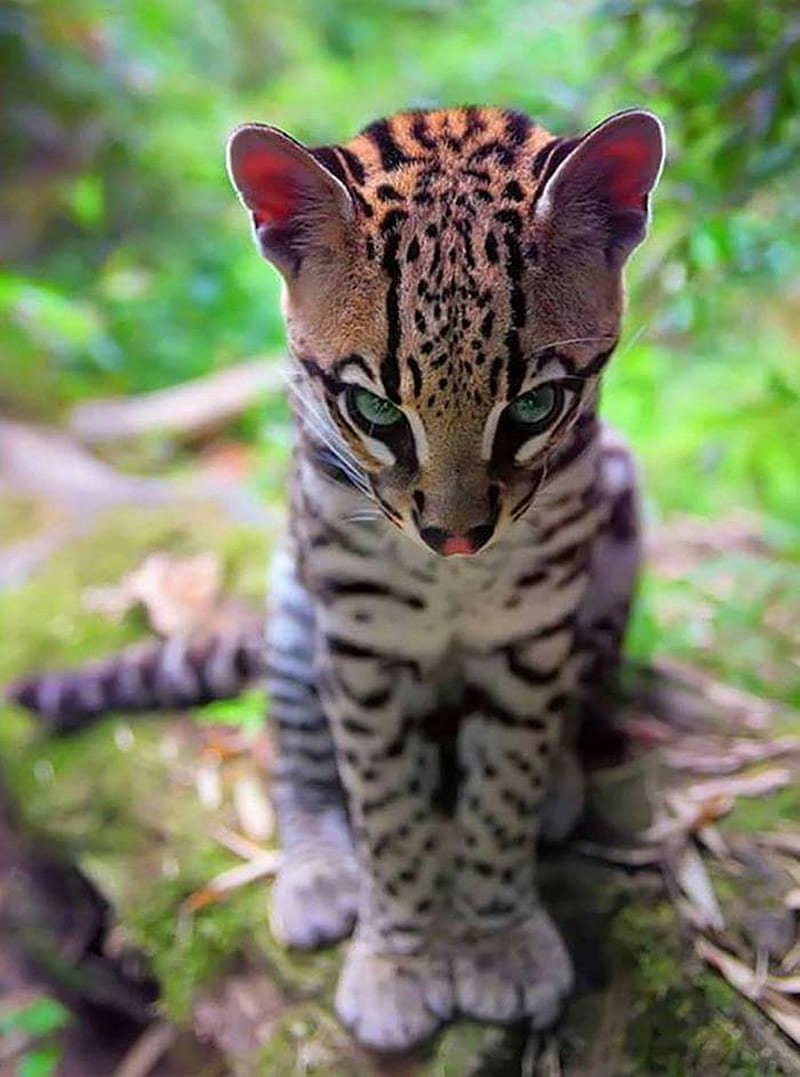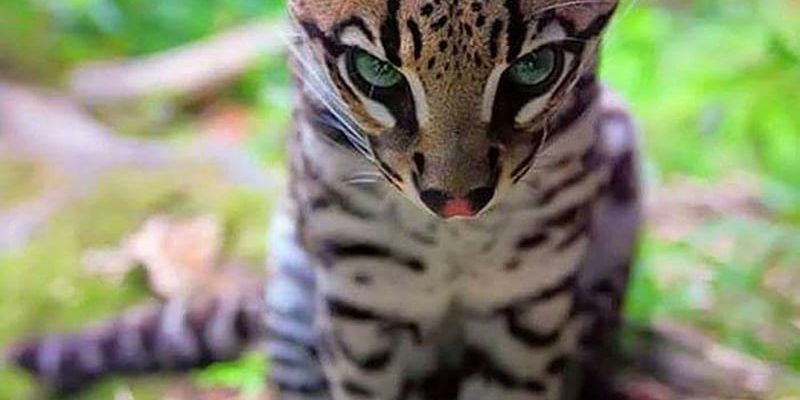
You might be wondering what’s real and what’s fiction when it comes to the ocelot. Are they dangerous predators, or just shy cats hiding in the underbrush? Do they thrive in the wild, or are they facing extinction? In this guide, we’ll explore some of the most common myths about ocelots, helping to clarify their role in the ecosystem and the challenges they face. So, grab your favorite drink, and let’s dive into the captivating world of ocelots!
Myth
One of the biggest misconceptions about ocelots is that they are just like your average house cat. While both belong to the Felidae family, that’s where the similarities end. Ocelots are wild animals that exhibit behaviors distinct from domestic cats.
For starters, ocelots are much larger, typically weighing between 20 to 40 pounds and measuring about 2 to 3 feet in length. Their striking fur pattern—rich golden-yellow with dark rosettes—sets them apart visually from your pet tabby. Ocelots are solitary creatures, unlike many domestic cats that can thrive in groups. When they’re not hunting, these nocturnal hunters are usually lounging in trees or tucked away in dense foliage.
In terms of behavior, ocelots are skilled hunters, preying on small mammals, birds, and reptiles. They rely heavily on their keen sense of hearing and excellent climbing ability. So, while your house cat might be chasing a toy mouse, ocelots are out there stalking their next meal in the wild. It’s important to recognize the wild nature of ocelots and not confuse them with the playful antics of our beloved pets.
Myth
Another widespread myth is that ocelots are endangered in every part of their range. While ocelots face challenges, their conservation status varies by region. In some areas, they are classified as “Least Concern” by the IUCN Red List, meaning they are relatively stable in population numbers.
In the United States, however, things look a bit different. Ocelots in Texas are considered endangered due to habitat loss, primarily from urban development. These cats require expansive territories and dense cover to thrive, and their habitat is shrinking rapidly.
Conservation efforts are crucial to protecting ocelots, especially in vulnerable regions. Organizations are working hard to create wildlife corridors and preserve natural habitats, helping ensure these magnificent cats have a future. So while ocelots may not be endangered globally, specific populations certainly need our attention and support.
Myth
You might picture a wild cat like an ocelot as a fierce predator ready to pounce at any moment, but that’s not the full picture. Ocelots are generally shy and elusive creatures. They prefer to avoid confrontation and will often retreat into the shadows rather than engage with humans or other larger animals.
In fact, many people who live near ocelot habitats describe them as curious rather than aggressive. They might watch from a distance, fascinated by their surroundings, but won’t typically pose a threat. Like any wild animal, however, it’s essential to respect their space. When threatened, ocelots can defend themselves, but aggression is not their first instinct.
Education plays a vital role in changing perceptions of these beautiful cats. By understanding their true nature, we can promote coexistence rather than fear. If you ever get the chance to see an ocelot in the wild, consider yourself lucky—they’re elusive for a reason!
Myth
It’s easy to assume that a wild cat might thrive in a variety of landscapes, but ocelots have specific habitat preferences that are key to their survival. Contrary to the notion that they can adapt to any environment, ocelots are primarily found in rainforests, swamps, and thick brush. They need dense cover to hunt effectively and stay protected from larger predators.
These cats are particularly adept at navigating through thick vegetation and climbing trees, which provide both hunting grounds and shelter. They also rely on nearby water sources like rivers and streams for hydration and hunting fish and birds. As such, ocelots are a hallmark of biodiversity in their natural habitats.
When conservationists work to protect ocelot populations, they focus on preserving these critical ecosystems. Habitat loss due to logging, agriculture, and urbanization poses a significant threat to their survival. So, understanding their habitat needs helps us better advocate for the conservation efforts they desperately need.
Myth
You might think that because ocelots are smaller than big cats like lions or tigers, they don’t play a significant role in their ecosystem. But here’s the thing: ocelots are vital for maintaining the balance of their environment. As apex predators, they help control the populations of smaller animals, which in turn affects vegetation and the overall health of the ecosystem.
By preying on rodents, birds, and insects, ocelots help manage these populations, preventing overgrazing and allowing plant life to thrive. This balance contributes to a healthy ecosystem, which supports diverse species and helps combat climate change.
Moreover, ocelots are indicators of environmental health. A thriving population of ocelots typically signals a rich, biodiverse habitat. When we work to protect ocelots, we’re also supporting the myriad of species that share their environment. Their presence is not just about keeping the food web in check; it’s about ensuring the entire ecosystem remains robust and resilient.
Myth
Finally, some folks may believe that because ocelots look like exotic pets, they can be easily domesticated. This couldn’t be further from the truth. Ocelots are wild animals and have specific needs that domestication simply cannot fulfill.
Unlike domestic cats, ocelots require vast territories to roam, specialized diets, and complex environments to explore. They are not suited to life in a home, no matter how big or luxurious. Wild instincts drive their behavior, and captivity can lead to stress and health issues for these cats.
If you’re drawn to the wild beauty of ocelots, consider supporting conservation efforts instead of attempting to keep one as a pet. By protecting their natural habitats and advocating for their preservation, you’re helping ensure that these stunning cats continue to thrive in the wild where they belong.
In summary, ocelots are fascinating creatures that deserve respect and understanding. By debunking these common myths and misconceptions, we can appreciate their role in the ecosystem and the challenges they face. So next time you hear about ocelots, you’ll know the truth behind these incredible cats, helping to spread awareness and support their conservation.

